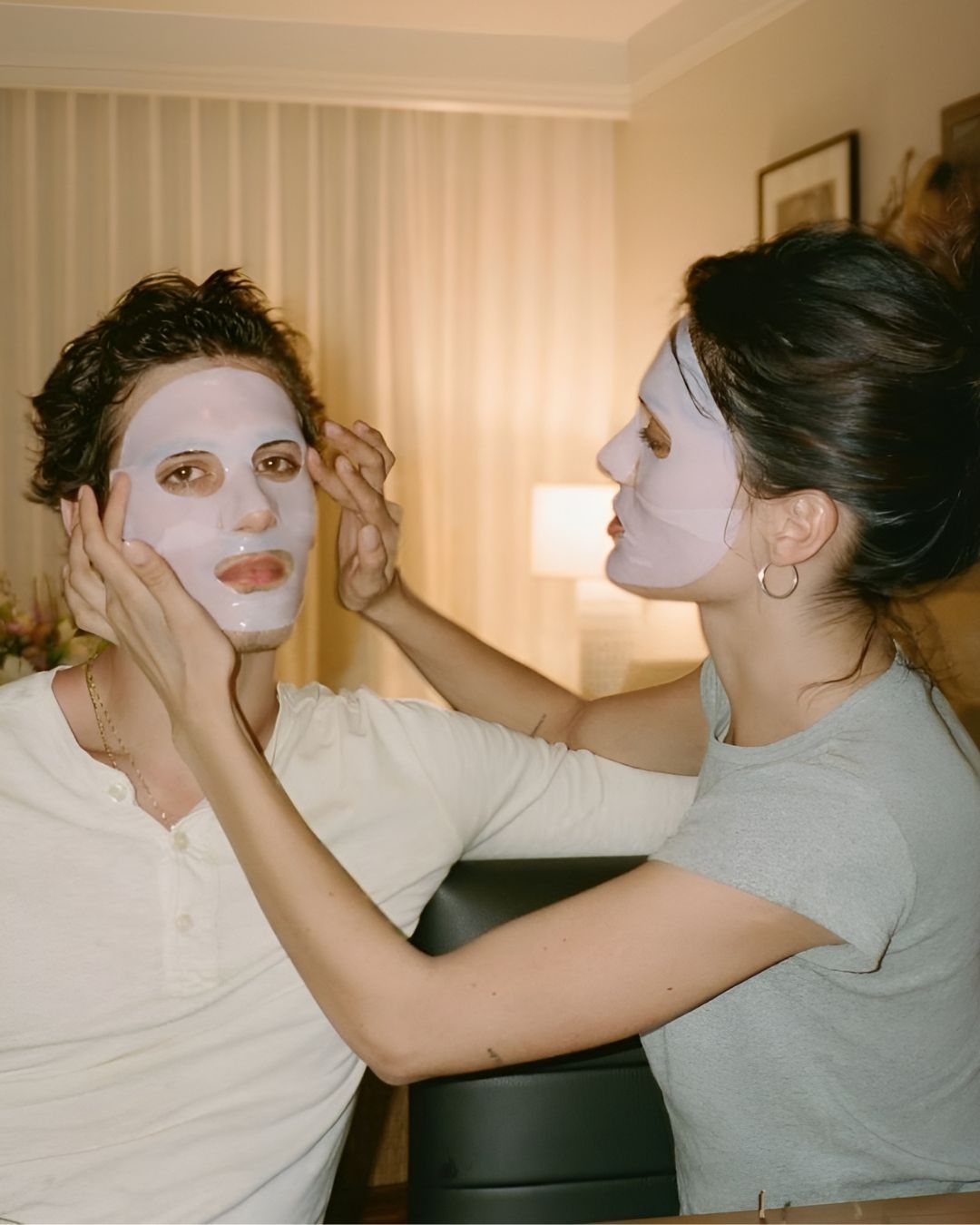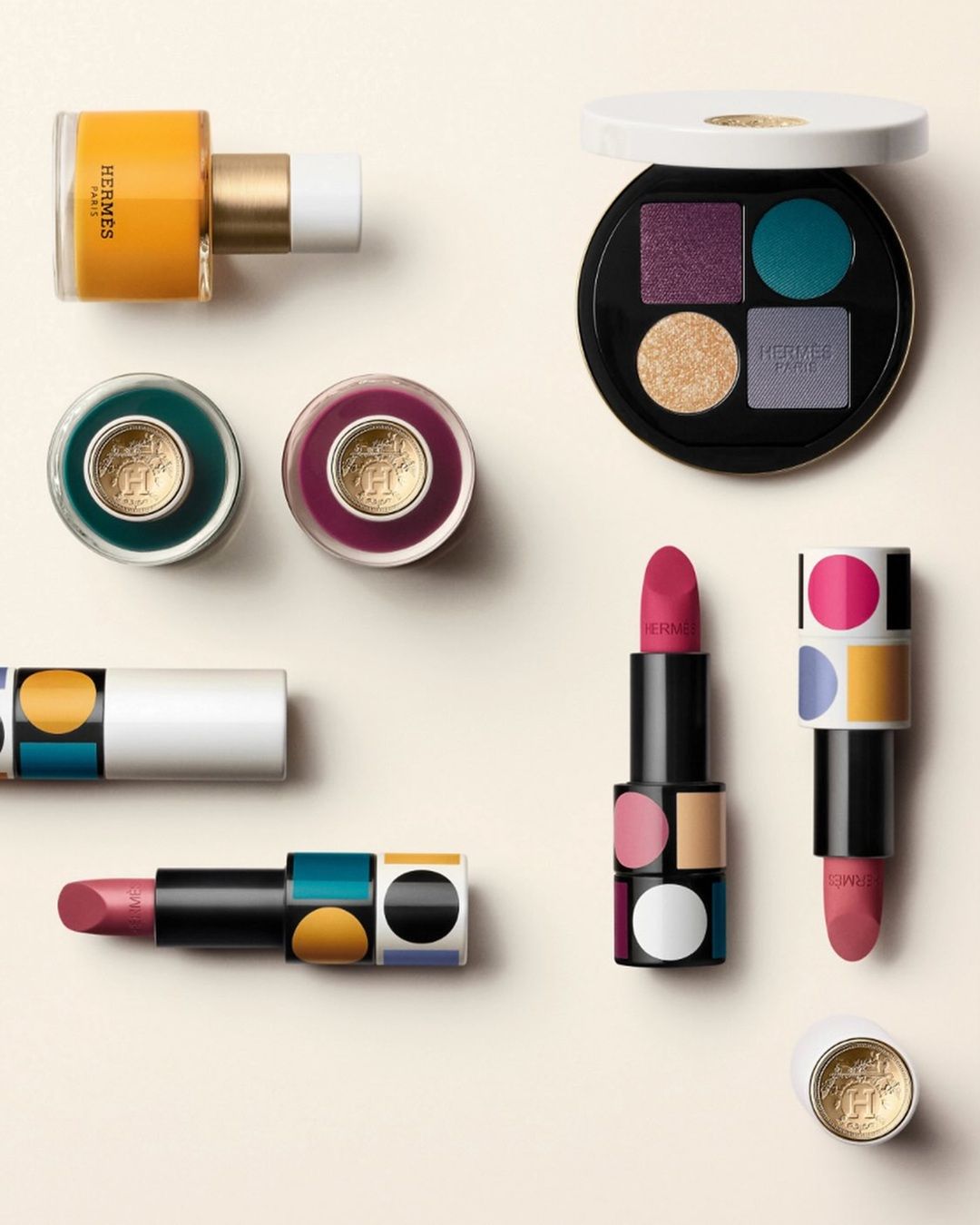
What is kojic acid and what is it used for? Small guide on skincare ingredient with lightening properties
Every skincare fanatic knows that acids can be a valuable beauty ally and knows which one to choose depending on the issue to be treated. Hyaluronic acid is perfect for giving a hydration boost, azelaic acid is found in the best acne treatments, hypochlorous acid is great for killing bacteria and fighting acne while reducing redness, and ferulic acid is a powerful antioxidant that makes the skin smoother, more elastic, firmer, and gives a more even complexion. The list goes on, but it's not over yet. Kojic acid is missing—an ingredient that is becoming increasingly common in serums, creams, and soaps due to its lightening and pro-aging properties. Before incorporating it into our beauty routine, let’s find out what it is, its benefits, and any potential side effects.
What is kojic acid and how does it work?
Kojic acid is part of the alpha hydroxy acids (AHA) family. It is a naturally derived ingredient, sourced from different species of fungi, particularly from the Aspergillus oryzae species, commonly known as koji in Japanese. It can also be a byproduct of some fermented foods, including sake, soy sauce, and rice. Known for its brightening power and ability to repair damage from the sun and hyperpigmentation, it doesn’t behave like other lightening acids, which exfoliate the skin by dissolving the bonds between its cells. Instead, it works by directly inhibiting the activity of tyrosinase, an enzyme involved in the production of excess melanin. Kojic acid blocks the abnormal or excessive production of pigment at the source while lightening existing discolorations, thus also preventing future dark spots. In addition to being a depigmenting agent, it has antimicrobial and anti-inflammatory properties, which can help minimize the risk and intensity of infections and skin eruptions. Lastly, kojic acid is an antioxidant that helps skin cells reverse free radicals and other harmful effects of UV rays, pollution, and oxidative stress.
@shereeneidriss Kojic Acid for hyperpigmentation and melasma - deep dive on my YouTube #notsponsored #kojicacid #hyperpigmentation #melasma #skintok #skintips #pillowtalkderm Fallen down - Slowed - 「Incørrect」
What are the benefits of kojic acid for the skin?
Kojic acid is increasingly found in the formulations of soaps, cleansers, masks, creams, and serums, often combined with other brightening ingredients like niacinamide or vitamin C, and chemical exfoliants like lactic acid or glycolic acid. As previously mentioned, its popularity is linked to its ability to lighten sun spots and existing photo-damage, fade dark marks left by acne scars or after a pimple, and even improve melasma. By blocking the UV activation of tyrosinase and, consequently, limiting melanin production, its main advantage is helping to even out skin tone and combat unwanted hyperpigmentation, including cases of keratosis, or age spots that appear due to altered melanin on the face, hands, and forearms. Among its other exceptional qualities, kojic acid has an anti-inflammatory effect and reduces bacteria, leaving the skin firm, radiant, and balanced.
@chemistconfessions 3 Things Chemists want you to know About Hyperpigmentation Fighter Kojic Acid #kojicacid #hyperpigmentation #darkspots #skincareroutine #fadepigmentation #serum #bestdarkspotskincare #skincarehack #skincaretip #cosmeticchemist original sound - Chemist Confessions
Does kojic acid have side effects?
Kojic acid is an excellent lightening agent, considered safe for all skin types and tones. It is better tolerated than most acids, and side effects from its use are quite rare, but if the concentration is higher than 1%, the chances of irritation can increase. The most common? Rash, itching, redness, and burning. To avoid these, dermatologists recommend following the same procedure as when introducing a new product or ingredient into your skincare routine: proceed gradually. Perform spot tests to assess skin sensitivity, starting with occasional applications on small areas, and increase dosage and frequency if no difficulties are observed. It's important to remember that although kojic acid is not a photosensitizing ingredient, prolonged use can make the skin more sensitive to the sun. Therefore, it is advisable to use a sunscreen with SPF 30 or higher.
























































